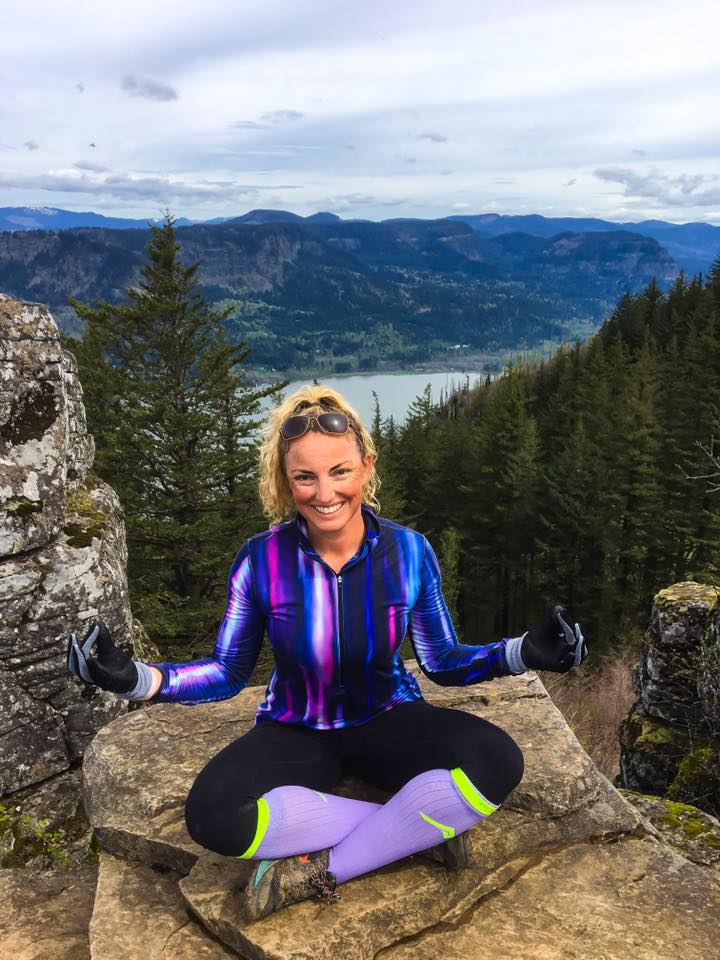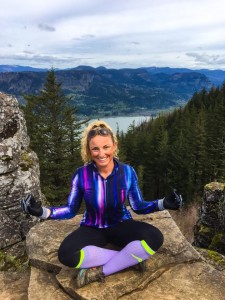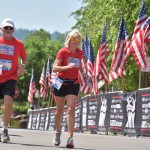High Intensity Training Is NOT Where It’s At!

 With the popularity of CrossFit, Bootcamps, Tabata and other high intensity formats, it can seem like the only way to train is a high intensity format. However, that’s just not the case!
With the popularity of CrossFit, Bootcamps, Tabata and other high intensity formats, it can seem like the only way to train is a high intensity format. However, that’s just not the case!
I’ve been in the fitness industry for almost 30 years and I’ve seen it all and can pretty much guarantee that if the only way you train is at a high intensity, it will lead to illness, injury and/or burnout.
Here’s some of my personal pet-peeves with the high-intensity world:
-
What happened to the warm-up?
- Physiologically, we know that the body does not do well ramping up quickly from a resting state to a high intensity zone. And yet, time and time again, I hear of programs requiring participants to do burpees, jump squats, power lunges, jumping jacks and various other high impact, high intensity movements during the warmup! The purpose of the warm-up is to gradually get the blood flowing, slowly increase the demands on the heart and lungs, warmup the muscles, lubricate the joints, and activate the energy systems. The warmup should begin low-impact, low-load and low intensity practicing the movements you will do during the workout for about 6-12 minutes.
-
Is it necessary to go hard and race every workout?
- It is common for people who have bought into high intensity training to make every workout hard. It doesn’t have to be this way. Even elite level athletes go really hard only a few times per week. It is far more effective to mix up your training intensities and durations during the week. Sometimes go short and hard, other workouts are long and easy or moderate intensity and duration. Train all of your energy systems! If you go hard all the time, you will be more likely to get hurt or sick. Plus it’s much more likely that you will burnout. It’s hard to maintain motivation when you feel like you have to race and go really hard at each workout.
-
Did we forget effective progression?
- If you are just getting started with an exercise program, you should not be performing high intensity exercise. Build a base for a couple months first. Take the time to learn proper movement mechanics. Master the basics first before you start attempting complex, challenging movements. Start with low resistance, low intensity and slow speed and concentrate on your technique. Once you build your base, you can gradually start to incorporate heavier loads, higher speeds, higher intensities and more complex movements. Aim for an increase of 5-10% in volume, resistance and/or intensity every 1-2 weeks. And if you are more prone to injury, be careful with high repetition training. If you do excessive repetitions of the same exercise (especially at high loads and speeds), repeating the exact same articulation over and over again at that joint, it may lead to a repetitive stress type injury.
-
Don’t just work on the pretty muscles!
- Many high intensity programs, focus on the big muscles group and complex movements while neglecting the deeper, stabilizing muscles. Take some time to isolate some of the weaker, smaller muscles. Remember to work the core, challenge the muscles around the shoulder complex, hips, knees and feet and incorporate balance work.
-
The body doesn’t respond well from 60 to 0!
- Just like the body needs to warm-up, we also need to take some time to cool down and gradually decompress. Slowly lower your intensity at the end of a workout and take some time to release and lengthen your muscles. The key to optimal health is a potent combination of strength and mobility. We need to be strong but also limber so lengthen and release and your body will thank you for it!
Here are some signs that you may be going too hard, too often…
- Extreme & extended muscle soreness
- Recurring Injury/sickness
- Fatigue or a drop in exercise performance
- Restlessness and/or attitude changes
- Unexplained drops in weight
- Increase in Resting Heart Rate
- Cessation of menstrual cycle
If you are experiencing any of the symptoms above, lower your training intensity to determine if that’s the culprit.
High intensity training is highly effective but it’s also important to remember that it’s not ideal for beginners and definitely doesn’t need to be the focus for every single workout.
Yours in health & fitness,
Sherri McMillan
Note: As an avid Columbian reader, you can redeem a 2 week pass at her world-class training studio to help get you started. Contact 360.574.7292 for more details.
 Join us for…..
Join us for…..
RUN TO REMEMBER WASHINGTON – Memorial Day Mile, 5k and 10k races!
Saturday May 27th in Downtown Washougal, WA – just across the river from Portland Oregon.
Let us honor the brave men and women who have or are currently serving in our Armed Forces and remember those who have given the ultimate sacrifice fighting for our freedom. This Memorial Day Mile and 5k/10k running and walking event on Memorial Day weekend will benefit Battle Buddies, an organization that provides Service Dogs for our Veterans.
